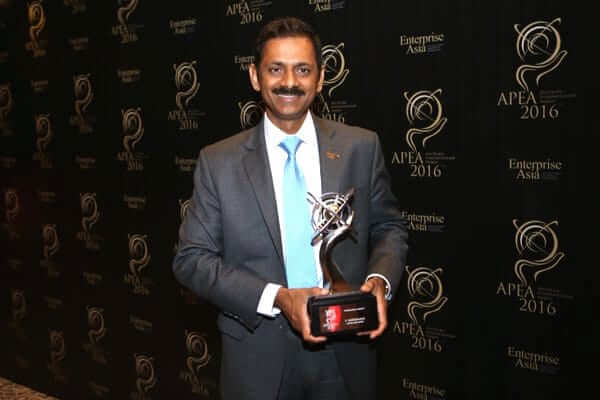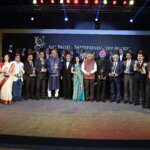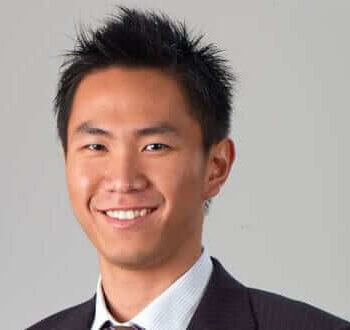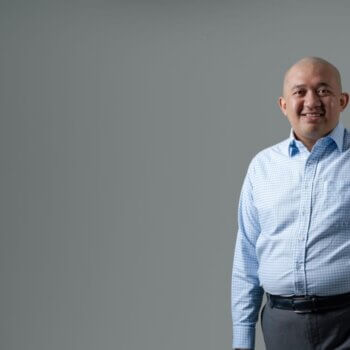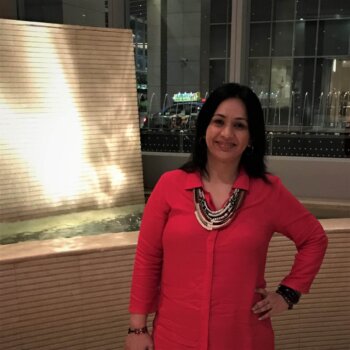There are great inspiring stories of entrepreneurship, but this one will make you sit up and read it again. How often do you find a senior executive leave his job at a board position at a large institution and acquire a falling stock thinking he can turn it around? That’s exactly what Vaidyanathan Vembu (Vaidya, to friends) did to start his entrepreneurship journey. At 42, he was already the MD and CEO of ICICI Prudential Life Insurance, and earlier on the Board of ICICI bank. He built and ran a USD 30 billion consumer finance loan book, and managed 1400 branches with $20 bn in deposit.
His idea was build a retail lending institution, in a niche area where banks don’t lend, on the backbone of technology, but with ownership stakes this time around. The idea was to provide small loans of USD 1000 to USD 1,00,000, in a niche segment of micro enterprises and consumers – an area where banks traditionally don’t focus much. But the issue for any entrepreneurship, even if you had the right idea, is how do you get started- how do you raise your first round of equity? How do you raise debt? What about teams? Also, probabilities of success drop sharply when you don’t have a known brand to bank on. But there have been great case studies of such successes like Narayanamurthy, founder of the revered software giant Infosys -who quit his job at Patni Computers.
“I didn’t mind starting small all over again, but not too small. I believed we need a net-worth capital of at least Rs. 10.00 bn ($150 mn) to have a reasonable shot.” he says. “I was looking around for a Private equity to back me with such a sum, to start a company. While he was still looking around, he chanced upon a publicly listed company with a net worth of USD 100 mn, and whose shares had come down sharply from 1100 to Rs. 95 in 2 years because of the global crisis. The company was basically providing wholesale loans to real estate developers. Non-performing assets were high at 5.4%. “I thought this was ideal platform for entrepreneurship as we could start retail financial services. The company was already listed and had a lending licence, and I could raise USD 50 mn from the markets or PE.” Accordingly, he arrived at a deal with the promoters to own 10% of the equity of the company, who agreed to just be “investors”, and whom he describes as “graceful”.
Ideas are easy on spreadsheets and paper, but tougher in reality. Neither could he raise equity, nor debt, to grow the company he had bought into. In the months following, he had many meetings with many mutual funds to raise equity through a process called QIP, where a company can place shares to institutional investors. But for one reason or the other, nothing worked. Meanwhile, existing majority shareholders publicly expressed intention to sell out at the right price. Vaidya then pitched the idea to over a dozen large private Equity Firms, including the well-known ones Bain, Blackstone, Carlyle for their backing.
But the timing couldn’t have been worse. The India economy took a turn for the worse after 2010. Inflation remained elevated, India’s monetary authority Reserve Bank of India raised interest rates by 25 bps 16 times in 3 years in response to high inflation, and GDP growth rates dipped steadily from 9% to 4.5%. Most important, business magazine cover stories were painting scary pictures like “India-blackout nation, India– drifting into abyss”, corruption scandals, and so on, ceding doubts in the investor community.
The amount was big- he was looking for over $ 150 mn of equity to buy out other shareholders, and it was a big sum to seek backing. Matters got complicated because of high media visibility and speculations whenever a deal was being discussed with any potential investor, being a public company. He couldn’t sleep for more than 4-5 hours a night, out of stress, not knowing who will back him, and not knowing how to convince them to do it. There were too many moving parts about debt, business growth, profitability, attracting new employees, and retaining existing ones under these circumstances.
Meanwhile he had to produce a proof of concept to attract prospective investors as mere spreadsheet projections wouldn’t do. So despite limited capital on hand; he built a top-notch retail team of over 800 retail professionals. He offered handsome
stock options and went talent scouting from the best of names, from Standard Chartered, ICICI, HDFC, Barclays and Citi. The company diversified into consumer and MSME financing. Even under the tight liquidity conditions and uncertainties, the company built the credit lines brick by brick from USD 100 million in 2010, to over USD 900 million by 2012.
He was still negotiating with one Gurgaon-based PE when Vaidya had a chance meeting with a senior Warburg Pincus professional one evening on a flight from Delhi to Mumbai on March 7, 2012. Not letting go of the opportunity of having two captive hours with a large PE, he pitched the same story on the flight. In later negotiations, WP said they wanted to see a well-defined idea (he told them we’ll lend to micro- entrepreneurs), in an industry that has great potential (his case was Financial services), and in an economy they have confidence in (he says “what’s better than India?”). He assured them he could build a loan book of $4-5 billion in 5-7 years if he had their backing. To show personal commitment, he agreed to lock in his entire stake and signed many other caveats, locking himself in contractually.
After 3 months of negotiations, WP agreed to invest $150 mn, with which the existing shareholders were bought out, an open offer launched for the minority shareholders for 26% and fresh equity infused into the company. The deal was concluded and thus Capital First was founded with all things new- new shareholders, a new Board, new business lines, new name and a new Brand.
It was a big breakthrough. “I couldn’t sleep that night” he says, after 2 uncertain years, there was certainty. Since then, Capital First has built a loan book of USD 2 billion, acquired an astonishing 2 million micro-customers, hired 1300 employees. The share price of the company has moved to over Rs. 350 now, and market cap increased from $125 million to over $500 million between 2012 to 2016. “India is really incredible India, anything is possible here.” says Vaidyanathan.
